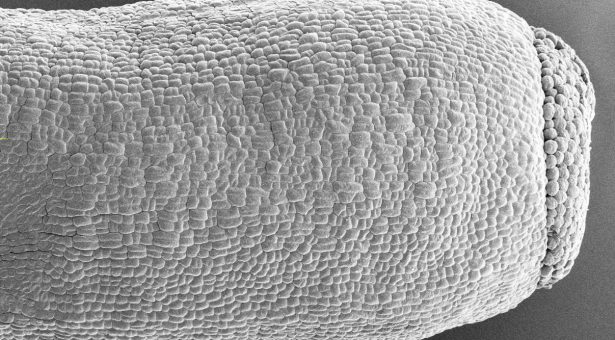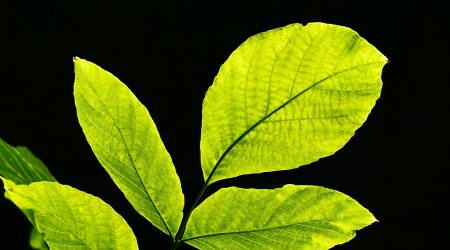Orchestrating plant organ symmetry in style

Humans are attracted to symmetry: in our buildings, our gardens, in our potential partners. For plants, the symmetrical shapes of organs are a matter of survival because the form directly impacts the function.
If we can unravel the mechanisms underlying the shapes of leaves, petals, or the complex reproductive parts of plants, then it may be possible to fine tune this physiology to make our crops more sustainable and productive.
A challenge is the huge morphological diversity of these shapes in the plant kingdom. So, what are the rules and mechanisms that underpin this variety? And how does symmetry scale up from molecules to cells to tissues to adult organs?
A study by the group of Dr Laila Moubayidin at the John Innes Centre has taken a key step in uncovering some of these closely guarded secrets.
In research which appears in Nature Plants they identify an elegant molecular mechanism which influences the symmetrical shape of the style, the female plant sex organ which along with the stigma acts as the landing site for pollen.
Correct development of these organs is vital to ensure fertilization, seed production and evolutionary fitness.
“We have discovered a new mechanism that plays a key role in the development of style shape at the apex of the female reproductive organ. Over time the style has developed in a way which gives the plant evolutionary fitness and now we understand the mechanism that allows this to happen,” said Dr Moubayidin.
Using the model plant Arabidopsis thaliana and a combination of proteomics and microscopy techniques the researchers show that the dynamics of style elongation are controlled by the activity of two enzymes SECRET AGENT and SPINDLY. The enzymes do this by switching on the plant transcription factor SPATULA via a process called O-glycosylation which involves the addition of two sugar-based protein decorations.
The central dogma of molecular biology states that DNA is transcribed into RNA, a molecule that then translates this information into proteins that do the practical work around the organism.
This study reveals that the dynamic molecular activity needed for style development occurs at the protein stage, the third step of the central dogma, via a process called Post Translational Modification, thereby shedding interesting new light onto how such processes occur in nature.
Experiments using mutant plants which were engineered with these enzymes removed, grew with dramatically underdeveloped styles, confirming their mechanistic roles as key players in orchestrating style shape.
Dr Yuxiang Jiang, first author of the study said: “As comparable biological processes and conserved molecular players are present in both plant and animal kingdoms, this study sheds light on a fundamental mechanism which could be employed more generally during the orchestration of organ morphogenesis and symmetry establishment in high eukaryotes.”
Professor Antony Dodd, Head of Cell and Developmental Biology at the John Innes Centre, said: “This ground-breaking research from the laboratory of Dr Moubayidin shows that a new type of post-translational modification is essential for plants to produce fertile flowers, and opens the possibility that this mechanism is involved in numerous regulatory process, right across life.”
Dr Moubayidin adds: “It is personally exciting because this is one of those moments that by answering a question you open hundreds of new questions, more puzzles to unlock. We can see how this research will go in many fascinating and multi-disciplinary directions.”
O-glycosylation of the transcription factor SPATULA promotes Arabidopsis style development, appears in Nature Plants.
Image Caption: Microscope image represent defects in style elongation caused by the absence of sugar decorations. In flowering plants the style (and stigma) is the landing site for pollen at the apex of the reproductive organ (the gynoecium).
Image Credit – Dr Yuxiang Jiang



